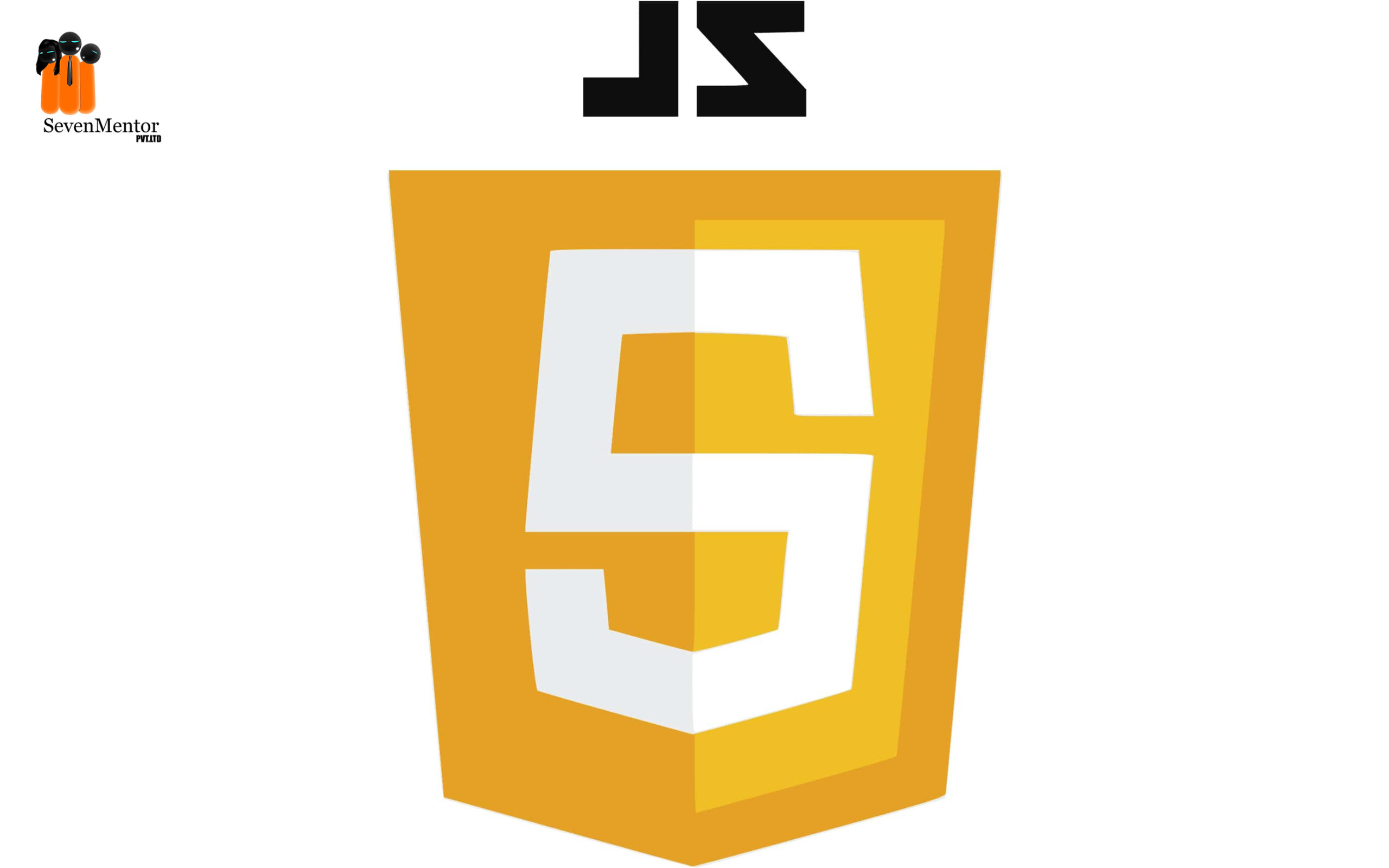Asynchronous Javascript
Synchronous vs Asynchronous
Before starting, let’s see these two words – synchronous and asynchronous.JavaScript is a synchronous, single-threaded programming language. This means that commands or functions can run only one after another. Consider the following example
let x = 1;
let y = 2;
let sum = a+b;
document.write( sum);
It sums two numbers and also displays the sum. The practitioner executes these statements one after another in the specified order until it’s done.
But this system has some disadvantages. Suppose we want to cost a large quantum of data from a database and also display it on our interface. When the practitioner reaches the instruction that fetches this data, the rest of the law is blocked from executing until the data has been brought and returned.
The problems with coetaneous JavaScript were overcome by introducing asynchronous JavaScript.
To further understand the asynchronous nature of JavaScript, we will go through message functions, promises, and async and await.
Start Learning with SevenMentor’s Java Classes in Pune
What are Callbacks in JavaScript?
A callback is a function that’s passed inside another function and also called in that function to perform a task.
Let’s break it down virtually to apply it.
document.write(‘ First’);
document.write (‘ Second’);
setTimeout(() = >{
document.write (‘ Third’);
,2000);
document.write(‘ Last’);
The below law is a small program that displays value to the press. But there’s commodity new then. The practitioner will execute the first instruction, also the alternate, but it’ll skip the third and execute the last.
For Free, Demo classes Call: 020-71173125
Registration Link: Click Here!
The setTimeout is a JavaScript function that has two parameters. The first parameter is another function, and the second is the times after which that service should be executed in milliseconds. Now you see the description of calls coming into play.
The function inside setTimeout in this case is needed to run after two seconds( 2000 milliseconds). Imagine it being carried off to be executed in some separate part of the cybersurfer, while the other instructions continue executing. After two seconds, the results of the function are also returned.
That’s why if we run the code in our program, we will get this
first
second
last
third
You can see that the last instruction is displayed before setTimeout returns its result. Suppose we used this system to cost data from a database. While the stoner is staying for the database call to return results, the inflow in prosecution won’t be executed.
This system was veritably effective, but only to a certain point. Occasionally, inventors have to make multiple calls to different sources in their law. In order to make these calls, calls are being nested until they come veritably hard to read or maintain. To fix this problem, promises were introduced.
What are Promises in JavaScript?
A promise, in our environment, is a commodity that will take some time to do. There are two possible issues of a promise
• We can either run and resolve the promise, or
• If an error occurs the promise is rejected
Promises came along to break the problems of message functions. A promise has two functions as parameters. That is, resolve and reject. The flashback that resolves is a success, and rejection is for when an error occurs.
Let’s see the example of the promise
const displayData = ( endpoint) = >{
return new Promise(( resolve, reject) = >{
// some request to the endpoint;
if( request is successful){
/ do commodity;
resolve();
differently if( there is an error){
reject();
}
The law over is a promise, enclosed by a request to some endpoint. The promise takes in resolve and reject like I mentioned ahead.
After making a call to the endpoint for illustration, if the request is successful, we’d resolve the promise and go on to do whatever we want with the response. But if there’s an error, the promise will get rejected.
Promises are a neat way to fix problems brought about by message hell, in a system known as promise chaining. You can use this system to successionally get data from multiple endpoints, but with lower law and easier styles.
But there’s an indeed better way! You might be familiar with the ensuing system, as it’s a favored way of handling data and API calls in JavaScript.
For Free, Demo classes Call: 020-71173125
Registration Link: Click Here!
What’s Async and Await in JavaScript?
The thing is, chaining promises together just like calls can get enough big and confusing. For that purpose Async and Await were introduced.
For defining an async function
const asyncFunc = async() = >{
const test = asyncFunc();
document.write( test);
}
Note that whenever an async function is called it will always return a Promise.
Running the below in the cybersurfer press, we see that the asyncFunc returns a promise.
Let’s really break down some law now. Consider the little grain below
const asyncFunc = async() = >{
const response await cost( resource);
const data = awaitresponse.json();}
The async keyword is what we use to define async functions as I mentioned over. But how about await? Well, it stalls JavaScript from assigning a cost to the response variable until the promise has been resolved. Once the promise has been resolved, the results from the cost system can now be assigned to the response variable.
For Free, Demo classes Call: 020-71173125
Registration Link: Click Here!
JSON system returns a promise, and we can use await still to delay the assigning until the promise is resolved.
const asyncFunc = async() = >{
const response await cost( resource);
const data = awaitresponse.json();
document.write ( 1);
document.write ( 2);
asyncFunc(). also( data = >console.log( data));
document.write ( 3);
document.write ( 4);
}
In output of the code will like this
1
2
3
4
data returned by async Funcion.
Author:
| SevenMentor Pvt Ltd.
© Copyright 2021 | Sevenmentor Pvt Ltd.

